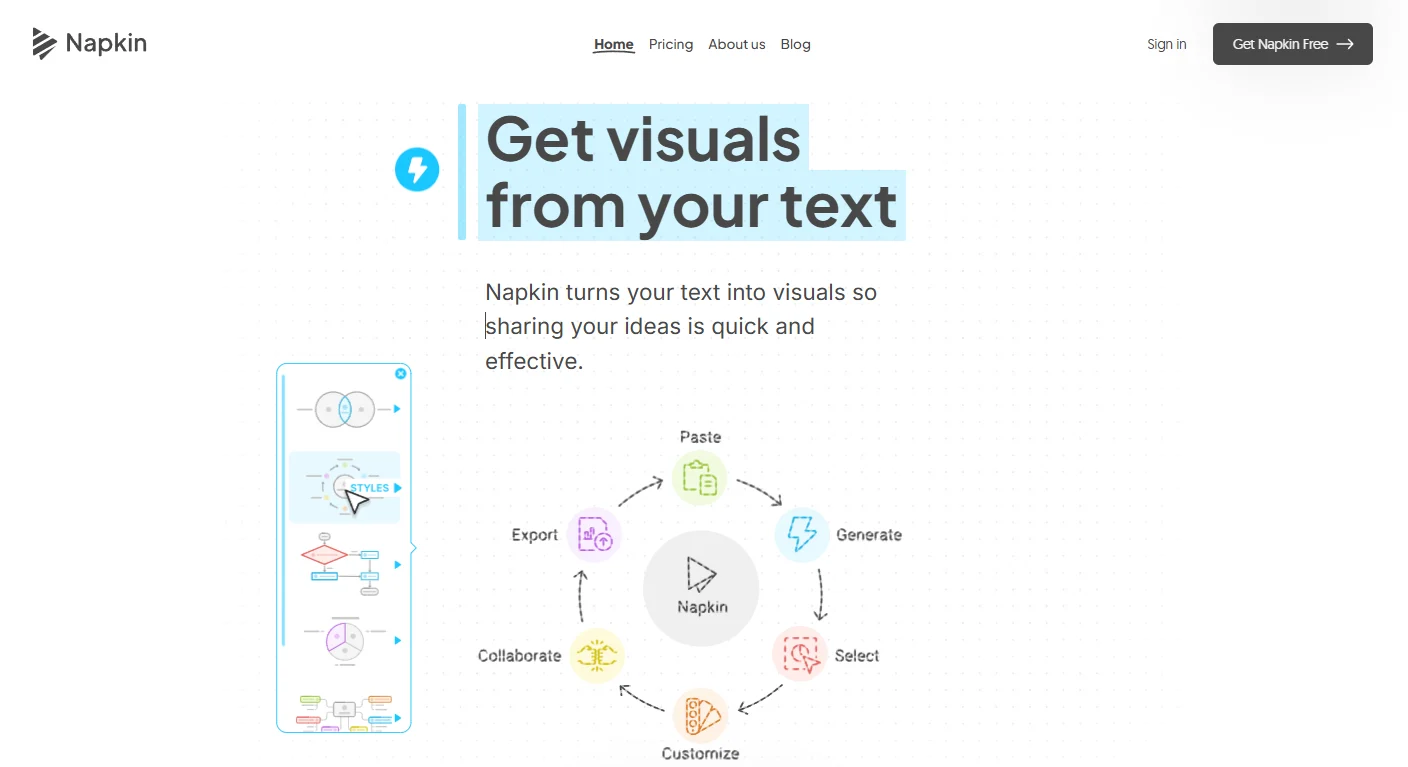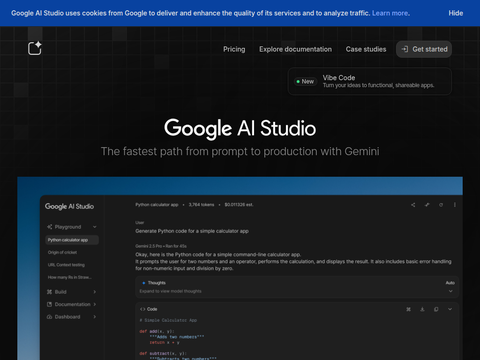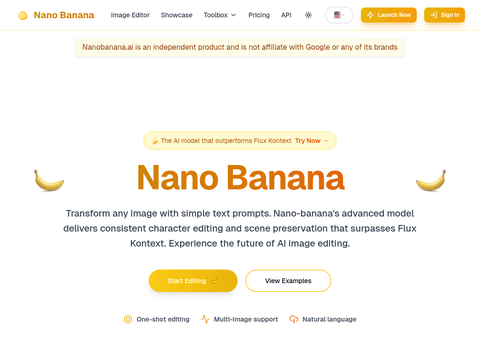Image provided by the author
Yesterday, Google unveiled their latest generative AI model, Gemma 3n. This compact and lightning-fast model is specifically designed for offline operation on smartphones, bringing advanced AI capabilities to your everyday devices. It can comprehend audio, images, and text with remarkable accuracy, outperforming GPT-4.1 Nano on Chatbot Arena.
Image Source: Gemma 3n Preview Release
In this article, we will explore the new architecture behind Gemma 3n, dive into its features, and provide a guide on how to get started with this groundbreaking model.
The New Architecture of Gemma 3n
To bring AI to the next generation of devices, Google DeepMind collaborated closely with leading mobile hardware innovators like Qualcomm Technologies, MediaTek, and Samsung System LSI to develop a novel architecture.
This architecture is optimized for generative AI performance on resource-constrained devices such as smartphones, tablets, and laptops. It achieves this through three key innovations: Per-Layer Embedding (PLE) Cache, MatFormer Architecture, and Conditional Parameter Loading.
PLE Cache
The PLE cache allows the model to offload per-layer embedding parameters to fast external storage, reducing memory usage while maintaining performance. These parameters are generated outside the model’s operational memory and retrieved on-demand during execution, enabling efficient operation even on resource-limited devices.
MatFormer Architecture
The Matryoshka Transformer (MatFormer) architecture introduces a nested Transformer design where smaller sub-models are embedded within a larger model, similar to Russian nesting dolls. This structure enables selective activation of sub-models, allowing the model to dynamically adjust its size and computational needs based on the task. This flexibility reduces computational costs, response times, and energy consumption, making it ideal for both edge and cloud deployments.
Conditional Parameter Loading
Conditional parameter loading allows developers to skip loading unused parameters, such as those for audio or visual processing. These parameters can be loaded dynamically at runtime, further optimizing memory usage and enabling the model to adapt to various devices and tasks.
Features of Gemma 3n
Gemma 3n introduces innovative technologies and features that redefine the possibilities of on-device AI.
Let's break down its key capabilities:
- Optimized Device Performance and Efficiency: Gemma 3n is approximately 1.5 times faster than its predecessor (Gemma 3 4B) while maintaining significantly better output quality.
- PLE Cache: The PLE cache system enables Gemma 3n to store parameters in fast local storage.
- MatFormer Architecture: Gemma 3n uses the MatFormer architecture to selectively activate model parameters based on specific requests.
- Conditional Parameter Loading: To conserve memory resources, Gemma 3n can bypass loading unnecessary parameters, such as those for vision or audio, when they're not needed.
- Privacy-First and Offline-Ready: Running AI functions locally without an internet connection ensures user privacy.
- Multimodal Understanding: Gemma 3n offers advanced support for audio, text, image, and video inputs, enabling complex real-time multimodal interactions.
- Audio Capabilities: It provides automatic speech recognition (ASR) and speech-to-text translation with high-quality transcription and multilingual support.
- Improved Multilingual Abilities: Significant performance improvements in languages such as Japanese, German, Korean, Spanish, and French.
- 32K Token Context: It can handle large amounts of data in a single request.
Getting Started
Getting started with Gemma 3n is simple and accessible. Developers can explore and integrate this powerful model through two main methods.
1. Google AI Studio
To begin, simply log into Google AI Studio, navigate to the studio, select the Gemma 3n E4B model, and start exploring Gemma 3n’s capabilities.








